Peace Lily and Cats — Safety Tips for Your Furry Friend
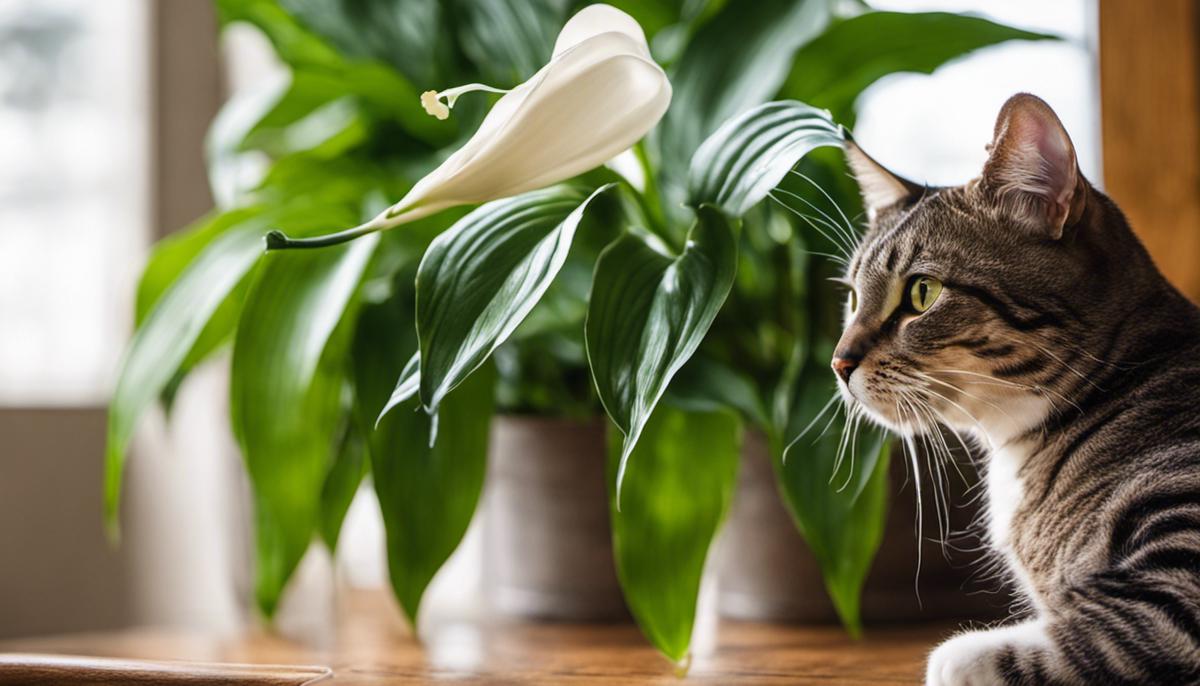
Many indoor plants enhance the beauty of our homes as well as aid in air purification. The peace lily, for instance, stands out from the rest due to its simple yet elegant look. It’s lush green leaves and blooming white flowers make it a popular choice among plant enthusiasts. However, if you share your home with a feline friend, it’s important to consider their safety when it comes to houseplants. This article delves into the toxicity of peace lilies to cats and the adverse effects they may have on your furry companion’s health. Furthermore, the text provides tips on handling a situation if your pet ingests a toxic plant and suggests preventive measures to curb this behavior. Lastly, the article provides a guide on safe and cat-friendly plants that you can incorporate into your home decor.
Is the Peace Lily Plant Toxic to Cats
As loving parents and dedicated homemakers, we all want to ensure the utmost safety and comfort for everyone in our family, including our furry four-legged loved ones! Curiosity is part of their nature. Often, they end up interacting with various elements around them, including plants. However, not all plants are safe for our feline friends, and one such plant we need to be aware of is the Peace Lily.
Peace lilies might be an attractive addition to our homes with their white flowers and dark green leaves providing a calming atmosphere. But, these plants produce a compound called calcium oxalate. If your kitty chews or bites the leaves of a peace lily, this compound can cause irritation in their mouths and throats, leading to symptoms like excessive drooling, difficulty swallowing, and vomiting. More severe indications could include changes in thirst and urination logistics, appetite decrease, and in very rare cases, it can cause renal failure.
Being aware of such danger hidden in plain sight within our living rooms is of paramount importance. Let’s keep our homes safe and enjoyable for all occupants, no matter how many legs they walk on. After all, being informed and proactive is one of the greatest tools we have in our parenting and homemaking arsenal. So, next time we’re thinking about bringing in a new plant, let’s ensure to do a quick check on its safety for our feline companions.
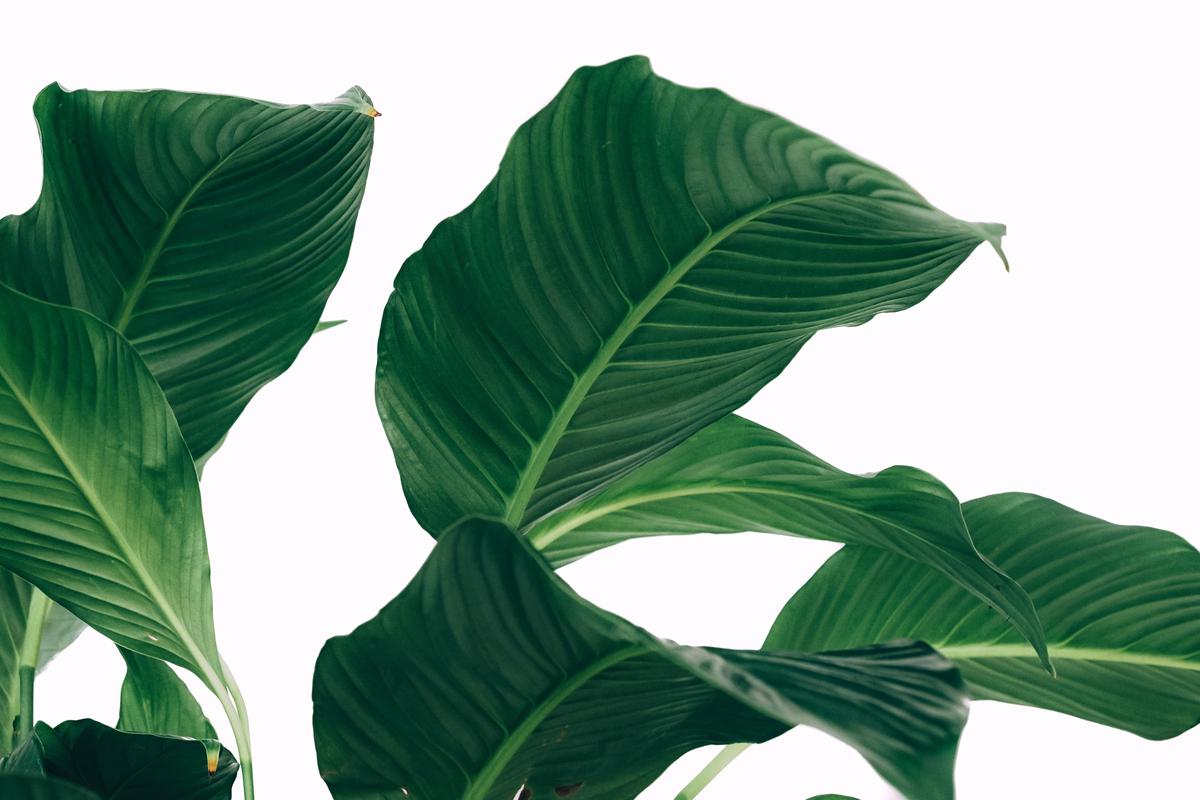
Photo by lensinkmitchel on Unsplash
Dealing with Peace Lily Exposure in Cats
When you suspect your feline friend has had a taste of the peace lily, timing is of great substance. Don’t wait to see if the symptoms will magnify or wear off with time. Even if your fluff ball just chewed and didn’t actually swallow any fragment of the plant, make sure to take immediate action.
Engage your vet straight away and describe the situation in detail, even if you only suspect the ingestion. Your vet will appreciate you taking swift action and will guide you in the right steps to take. This could involve coming in for a quick visit or doing a virtual consultation, depending on the severity of the symptoms. In many instances, in order to counter the toxic effects of the peace lily, your vet may recommend implementing activated charcoal which works by binding with the toxins present in the cat’s digestive system and inhibiting further absorption.
On your part, to err on the side of prevention, it might be best to station your delicate flowers and plants out of cat’s reach or even consider switching to cat-friendly plants. Alternatively, create a special safe zone for your plants where your feline friend can’t access. That way, you and your cuddly companion can continue staying in harmony, enjoying the warmth and beauty of your loving abode. By doing so, you’ll fortify not only the safety but also the peace and love that lives within your household.
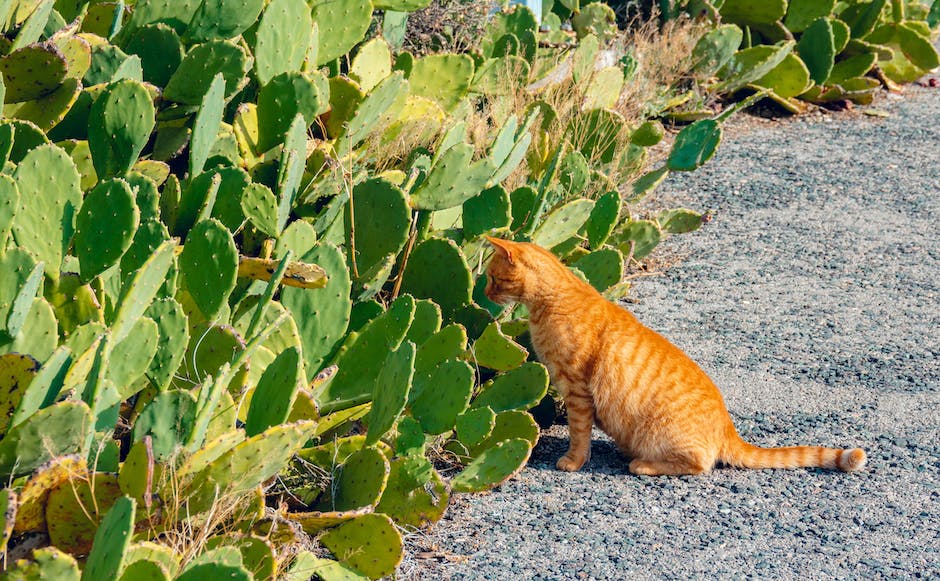
Preventing Cats from Chewing on Houseplants
Keeping our beloved cats safe from potentially harmful houseplants like the Peace Lily involves careful planning and a bit of creativity. For example, consider using plant stands, hanging baskets, or shelving units to elevate plants out of your pet’s reach. Notably, cats are climbers and experts at exploring hidden corners but placing plants at a height can be a deterrent. Alternatively, rather than compromising on having plants at all, switch over to cat-friendly plants. Some lovely options include Boston fern, Swedish Ivy, or even baby rubber plants – all non-toxic for cats and quite beautiful additions to your decor.
A cat’s world is filled with exploration and play, so they have a knack for making their way to areas you would consider inaccessible. Therefore, dedicate a special corner of your home, a plant paradise, if you may, that is strictly a no-entry for feline family members. Employ baby gates or playpen walls to quarantine this area. Additionally, providing your cat with plenty of engaging toys, scratch posts, and climbing trees can divert their curiosity from your greenery.
Understandably, managing the coexistence of cats and plants in a home can be quite the balancing act. However, with love, intelligence and little creative elbow grease, the home environment can be amended to suit all. After all, at the heart of a loving household is safety and peace for everyone who calls it home.
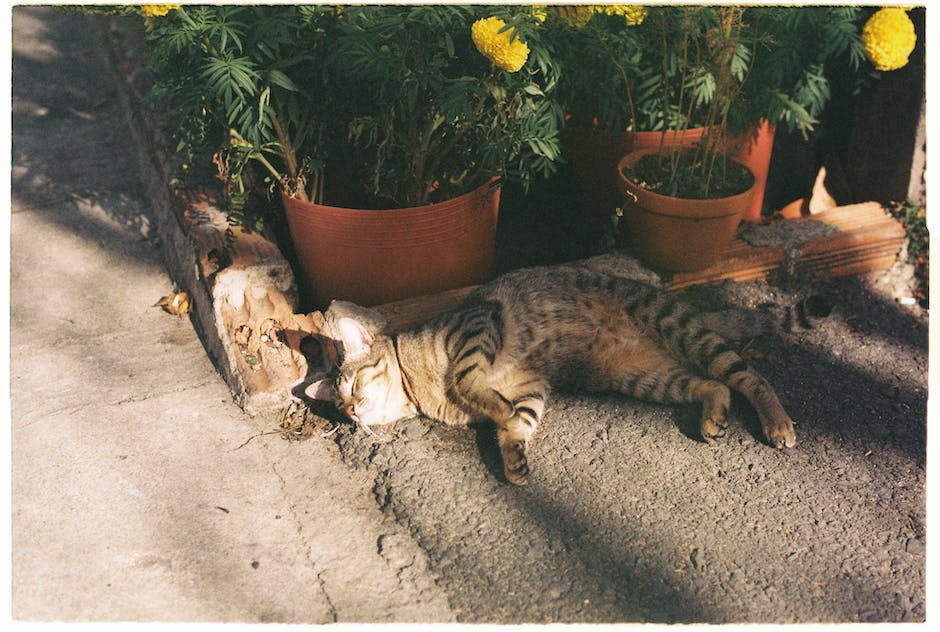
Safe Alternative Houseplants for Homes with Cats
For kitty companions who share curiosity by nature, it’s crucial to cultivate a green indoor jungle with plants that pose no harm.
In the pursuit of creating a safe but elegant space, it’s worth halting that cart full of decorative foliage until we’ve checked what’s on the green-and-serene side of feline-friendly flora.
For those who are concerned about which plants can add a vibrant touch without causing harm, don’t fret! There are actually many cat-safe houseplants to choose from!
Spider plants, for example, create a jungle feel without risking the health of our feline friends. Their elegant arching leaves are non-toxic and durable enough to withstand the occasional playful paw swipe.
Then there’s the Barberton daisy. Not only is this pretty perennial perfectly safe for your cats, but it also comes in several colours – think vibrant pink, red, orange, and yellow – providing a pop of colour and purr-fection to living spaces.
And let’s not forget about the pet-friendly, air-purifying properties of the broad-leafed Areca Palm. This beauty doesn’t just create a tropical aesthetic; it’s clean air approved by NASA!
To create an enticing alternative diversion for felines, introduce cat grass (Dactylis Glomerata) into your cat-friendly indoor garden. This particular plant is both safe and appealing for cats, offering a nibble-friendly option that will likely draw them away from the less edible residents of your indoor jungle.
An overall winning strategy for balancing the coexistence of plant lovers and our furry friends in the shared household— no stealing fern fronds necessary!
Living with cats doesn’t mean you have to give up your gardening passions. With the right selection of houseplants and a bit of creativity, it’s entirely possible to accomplish a peaceful, stylish, and most importantly, safe indoor oasis that keeps everyone’s tail wagging. After all, home is where love resides, memories are created, families are nurtured and life is celebrated, fur-babies included! Now, let’s get growing, shall we?
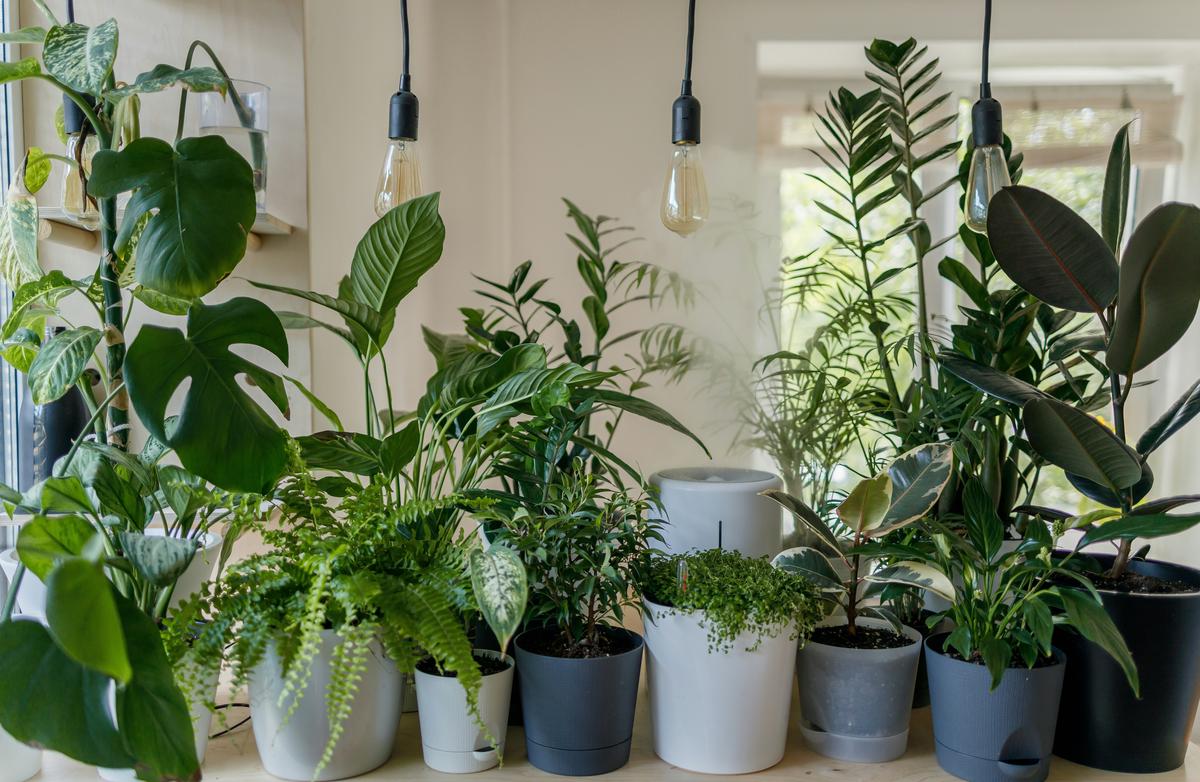
Photo by vadimkaipov on Unsplash
Understanding the potentially harmful impacts of certain houseplants on pets, such as the toxicity of the peace lily to cats, is paramount for ensuring our feline companions lead safe and healthy lives. As a pet parent, knowledge is your most effective tool. Quick and informed action in the event of peace lily exposure can be a lifesaver. Preventing such incidents, to begin with, is equally important, and with the power of knowledge, behavior control, and making alternative plant choices, the danger can be successfully averted. Remember, integrating animals into a household shifting overall dynamics, requiring thoughtful adjustment not only to what sits in our garden but also on our living room tables and windowsills to create a safe haven for our much-loved pets.



